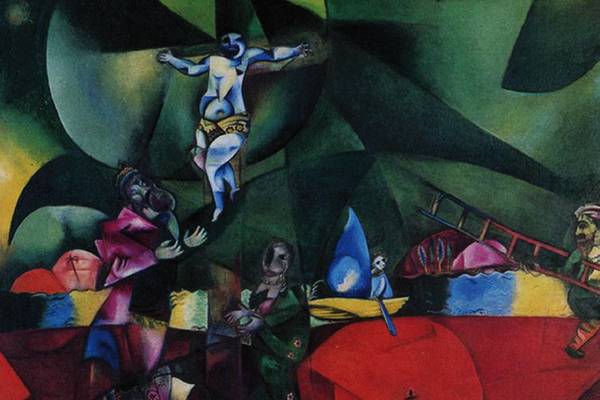The dual space image in the painting. The space of Caravaggio and Chagall
DOI:
https://doi.org/10.15168/xy.v2i3.65Abstract
The study of a double image of the space within the painting, especially in the sacred pictorial representations or with mythological background, reveals possible meanings beyond those alre- ady clearly identified by the same representation. These meanings often declare and clarify the conception of philosophical and mathematical space, as well as the vision of the geometric space and living space. In the biblical representations of Caravaggio and Chagall from the New Testa- ment the space is interpreted according to two spatial conception. The first conception is mental, where man rediscovers spiritual dimensions and theological sense; the second one is physics and mathematics, where the psychological and intangible plots are revealed arranging themselves in a measurable space so concrete and real. The bodies and figures between allegory and symboli- sm suspend their actions by making eternal in the black space of Caravaggio, together with the celestial starry space of Chagall, whose figurative dimension full of moving images portrays the oriental plots shown in the dream vision, they describe and represent an abstract space that brin- gs the mystery of faith in the mathematical space, just risen in the case of Caravaggio and relativi- stic at the time of Chagall. Both attempt to represent mystical and spiritual actions in a possible reality, in a measurable and known space, through things and figures, translating the event and the described actions in a representable and represented event and therefore possible and true. Thus, the light that covers the Caravaggio’s space, has a precise function in the moment in which it extracts the certainty of the faith let it in a space no longer, or no longer only, mental but phy- sical and real, from the darkness of the mystery of the unknown. The two images of the invented and drawing space by Caravaggio and Chagall (subject of this study carried out in keeping with a previously initiated research on the drawing of the space in the painting) elevate the image of the spaces and places of sacred scriptures joining through a dual representation the image of the myth with the image of reality and the earthly dimension with the otherworldly one; all it derived from a filtered and interpreted by the thought knowledge of two troubled and sensitive artists distant in time but united in the images of the represented space.


